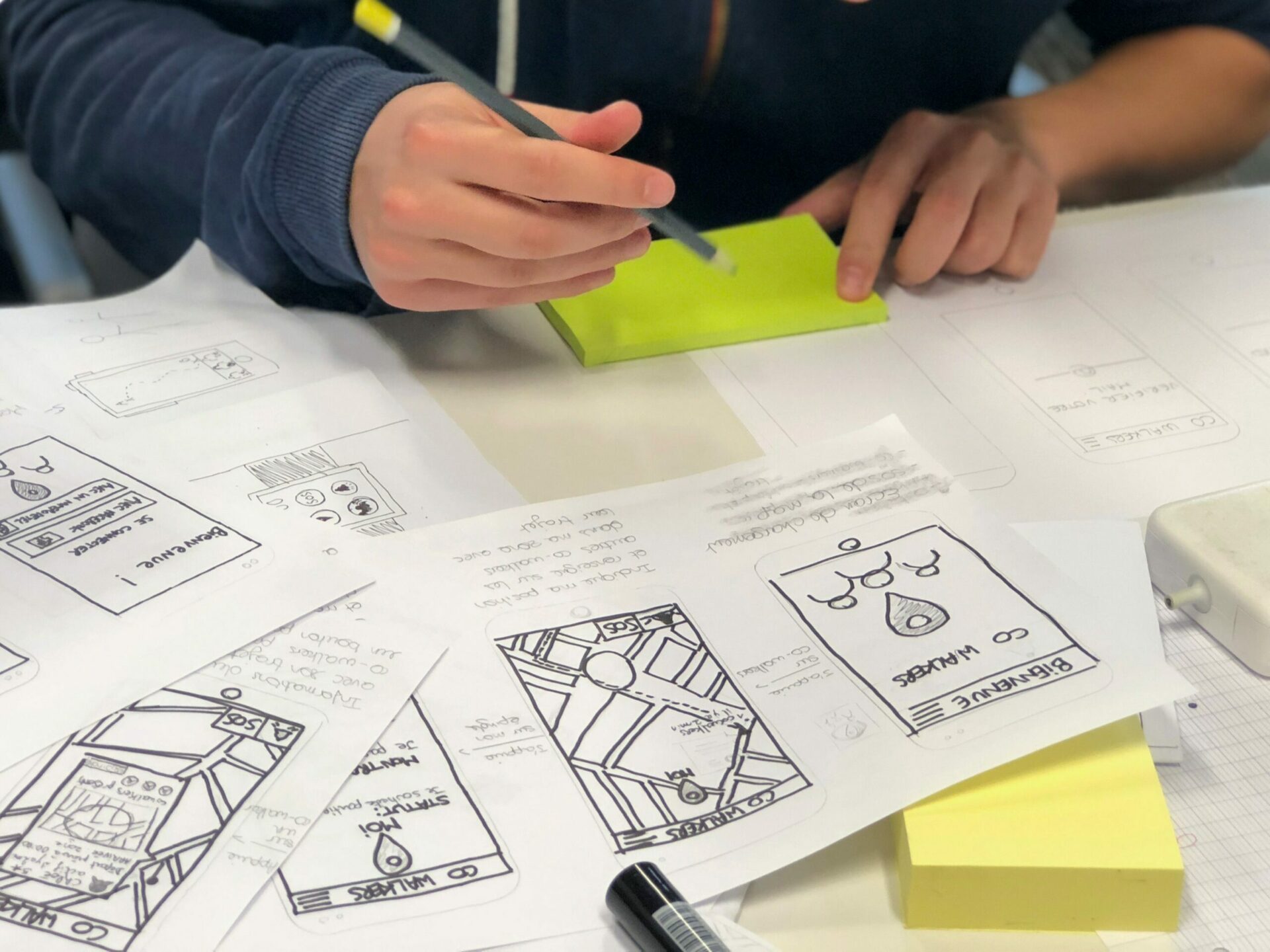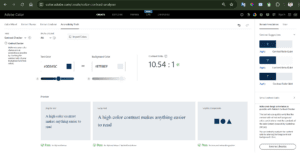There are three levels or types of software prototypes.
- Low-level
It is essential to understand that the study related to a prototype should not be overly complex, but effective.
The low level of detail of your prototype determines the feedback you receive and the questions that should be asked.
Feedback is Useful if it describes the feelings, experiences, and values that a user experiences and receives when working with a product.For example, developing a prototype with a low level of detail, you will ask fairly simple and general questions. - Mid-fidelity
With an increase in the level of detail of a prototype, the questions will become more specific.The prototype represents the final product but primarily implements the key functionality.The mechanisms for launching functionality are called interaction points– these are interface elements (buttons, navigation menus, etc.) with which a user interacts.
For example, how will the animation of specific objects be implemented?
The closer the developer comes to the final version of a product, the more complicated the requirements for prototyping. - Higher levels
Prototypes of higher levels can no longer be executed in paper form, they should reflect most of the functionality and be interactive. Such prototypes are developed using additional software (Figma, Axure, Sketch).The presence of a large number of details encourages customers to add comments to interface elements.The advantage of interactive prototypes: is that they enable the testing of a live interface even before the development phase.When working with an interactive prototype, the customer simply opens a link and starts behaving like a regular user.They immediately have no questions on navigation and on many elements of interaction.With an interactive prototype, there are
usually no problems.Often, users do not even suspect that this is not a real service with demo data. And this means that their behavior can be considered approximate to the behavior in a real interface.
Category :
Tags :






